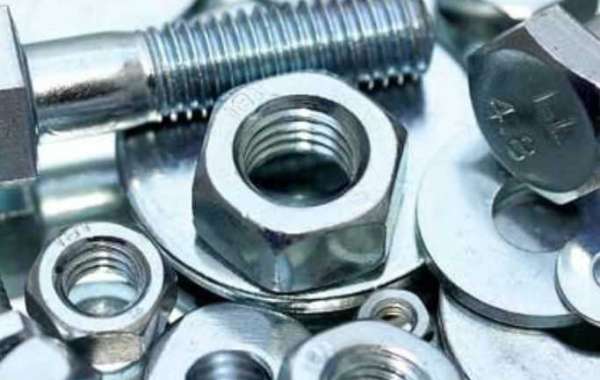Seamless and welded steel pipes are two common types of steel pipes used in various applications. Each type has its own unique advantages and disadvantages, depending on the intended use and specific requirements of a project.
Advantages of Seamless Steel Pipes:
Higher Pressure Rating: Seamless steel pipes have a higher pressure rating and can withstand higher internal pressure, making them suitable for high-pressure applications.
Better Quality: Seamless steel pipes are of higher quality and have a better surface finish, making them suitable for applications where aesthetics are important.
Increased Durability: The lack of seams in seamless steel pipes increases their durability and reduces the risk of corrosion and leaks.
Improved Strength: Seamless steel pipes have a uniform structure, which enhances their strength and reduces the risk of failure.
Disadvantages of Seamless Steel Pipes:
Higher Cost: Seamless steel pipes are more expensive than welded pipes due to the additional manufacturing process required to produce them.
Limited Availability: Seamless steel pipes are not as widely available as welded pipes, and their production requires specialized equipment, making them less accessible.
Advantages of Welded Steel Pipes:
Lower Cost: Welded steel pipes are cheaper than seamless pipes, making them a more cost-effective option.
Greater Availability: Welded steel pipes are widely available and can be produced using standard manufacturing equipment, making them accessible for a wider range of applications.
Improved Productivity: Welded steel pipes can be produced more quickly and in larger quantities than seamless pipes, which increases productivity and reduces costs.
Disadvantages of Welded Steel Pipes:
Lower Pressure Rating: Welded steel pipes have a lower pressure rating and may not be suitable for high-pressure applications.
Reduced Durability: Welded steel pipes are less durable than seamless pipes due to the presence of seams, which can be prone to corrosion and leaks.
In conclusion, both seamless and welded steel pipes have their own unique advantages and disadvantages, and the choice between the two depends on the specific requirements of a project. For high-pressure applications, seamless steel pipes are preferred, while welded steel pipes are a more cost-effective option for low-pressure applications.









